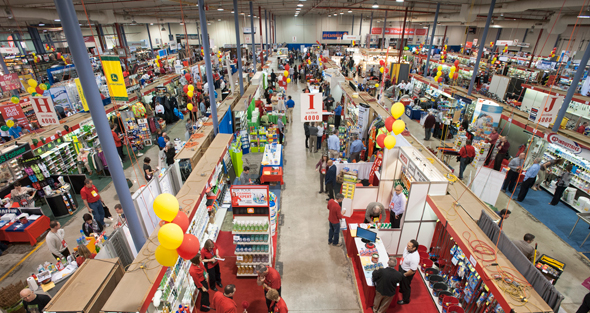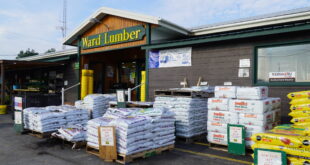The time comes once, if not twice, a year when you return from your wholesaler or co-op’s market and you have a decision to make. To do or not to do? The pile of market materials has found its way back from the show floor and onto your desk. What do you do?
You see, the beautiful thing about markets is the exact thing that can make them a nightmare: thousands vendors all in a row who have spent thousands of dollars for a one-time 30-second opportunity to convince you that not only do they have the latest and greatest product or program, but that if you buy from them, you are guaranteed wealth, prosperity and early retirement.
Then, as if that weren’t enough, you have your wholesaler who is walking you through dozens of new-and-improved must-have planograms and programs promising similar means to a prosperous end.
These three simple steps should help you and your team turn your exciting and exhausting trip to market into sales dollars when you get back.
1. Filter & Select. Nobody knows your store better than you and your team. Schedule a time to sit down with managers, key associates and everyone else who attended the market. If you attended the market alone, distribute the information you collected to managers and key department associates and ask them to read and review. Before meeting with your team, ask each member to bring his or her recommendations on programs and products based on what they learned.
Take turns going around the room having each attendee explain his or her top two or three recommendations. Note that this type of roundtable discussion is not just designed to learn about new products and programs, it is also meant to encourage creativity and promote open discussion about your store in order to best meet the needs of your customer while increasing transactions.
When it’s time to make final decisions, just remember to make a point of following up with each participant and thank them for their thoughts and input whether you ultimately incorporate their ideas or not. Your team is the greatest asset in your organization; by respecting their input and thoughts, you will receive their respect and loyalty in return.
2. Implement & Assign. Once you have selected the products and programs with which you want to move forward, it’s time to put a plan into action. But, as you all know, this is not that easy. Whether it’s assigning new SKUs to products and adding them to your inventory management system or trying to free up 2 feet of gondola space for a new niche assortment program, there is a lot work that needs to be done. This is where many retailers stall or stop all together. It’s important to be realistic in setting deadlines and diligent in prioritizing tasks. It’s better to have two programs successfully implemented than it is to have 10 nobly attempted and none finished.
Assigning responsibility to managers and associates with clear direction and expectations when implementing a program can make all the difference. In turn, the ownership and accountability those associates will have to the programs once instated will exponentially influence your ROI.
3. Assess & Adjust. Once a new program is initiated or products added to stock, the job is still not over. Assessing these programs can be the most difficult part of the process. It’s easy to identify and expand upon a successful program or new product assortment, but what about the failing ones? The fact is, we all take pride in our decisions, and at times it is not easy to admit we were wrong about a product or program. It is, however, imperative we learn to objectively assess our decisions, make adjustments if needed and pull the plug before it’s too late. Not all new programs will be successful. Not all new products are the next best thing, and that’s OK. Innovation, growth and expansion are all dependent on failure for their successes.
Success boils down to this: Keeping programs fresh and product assortments relevant are pillars of any turnkey retail operation in any industry. The home improvement business is no exception. Wholesalers and co-ops work day in and day out learning, researching and developing product assortments and programs with the sole intent of helping you, the retailer, grow and sell more product.
Their annual or biannual markets are designed specifically to present and demonstrate new programs and products to aid in your success. So take a chance on adding a couple new items. Do some research and try out a new niche program or possibly expand on a core category. Take full advantage of your market and attend religiously, because, in the end, it’s your store and nobody else is going to do it for you.
 Hardware Retailing The Industry's Source for Insights and Information
Hardware Retailing The Industry's Source for Insights and Information








